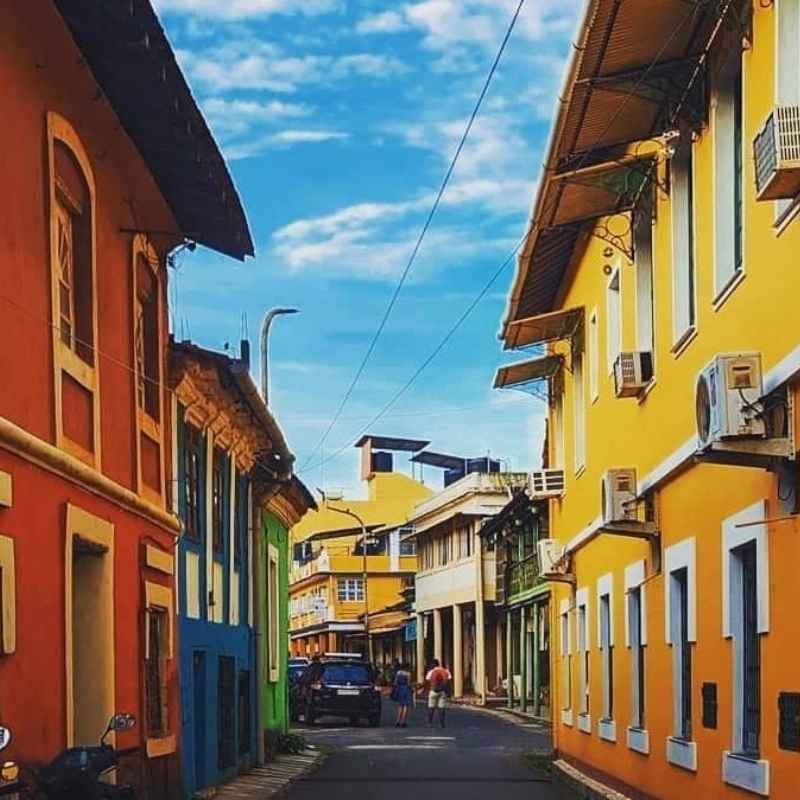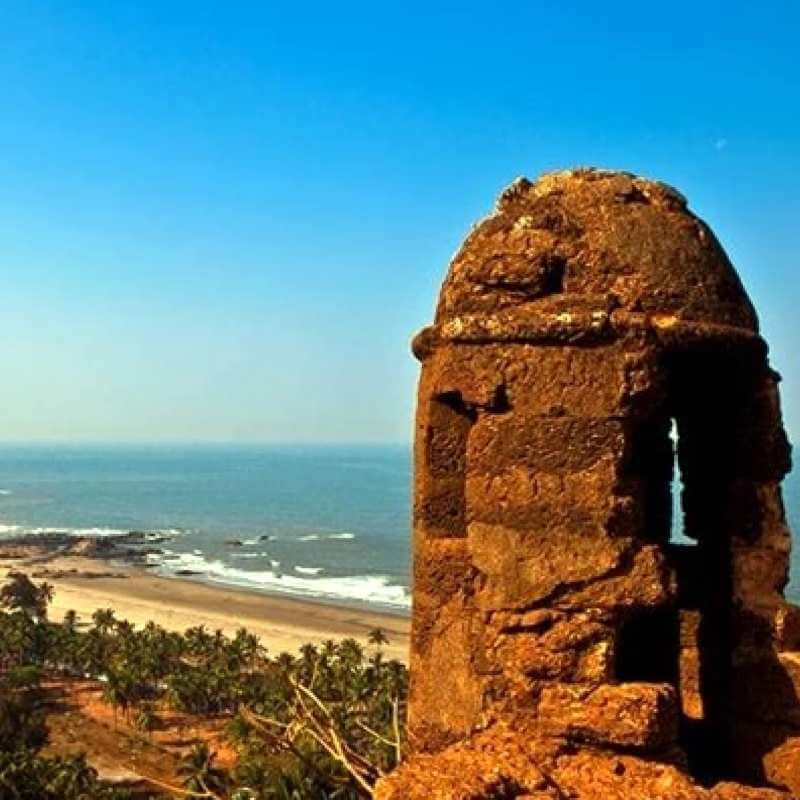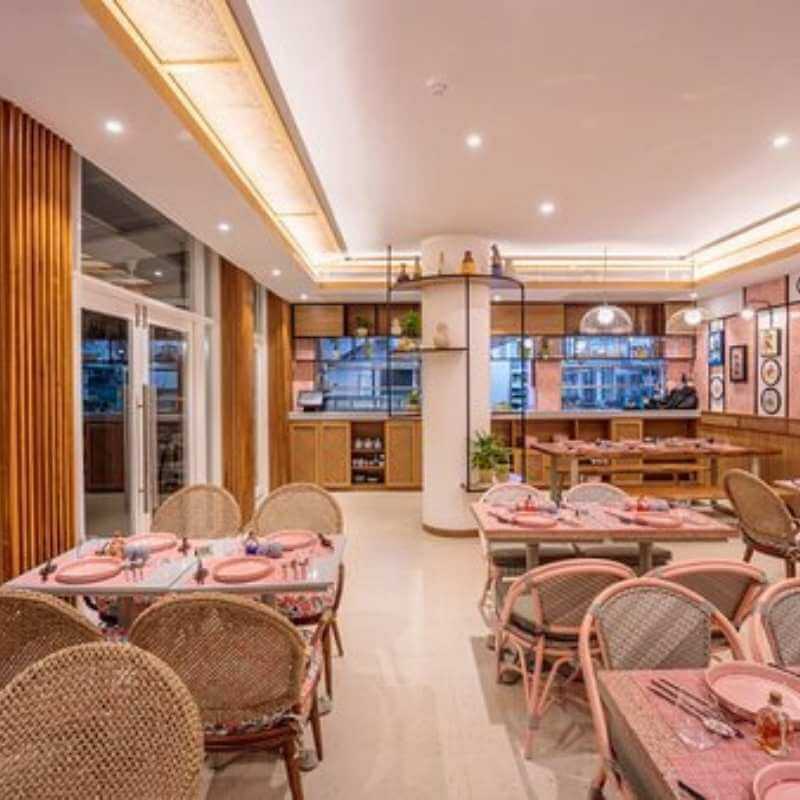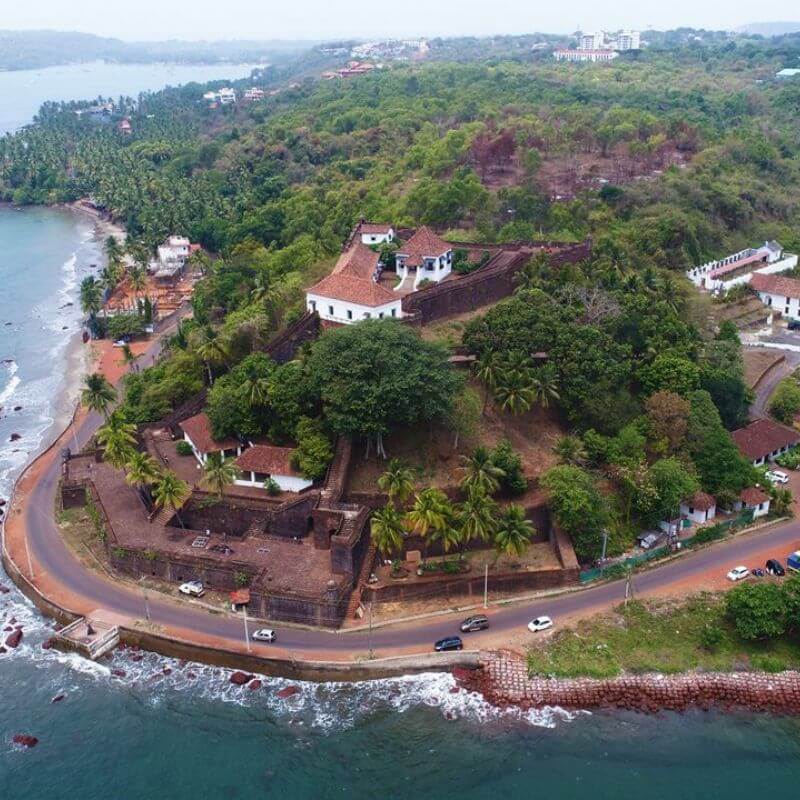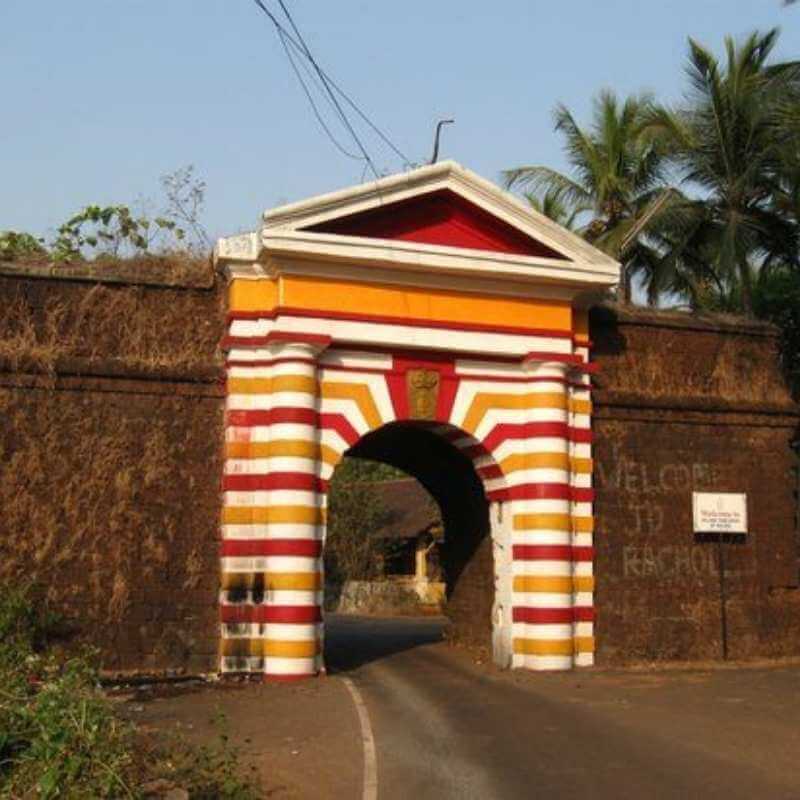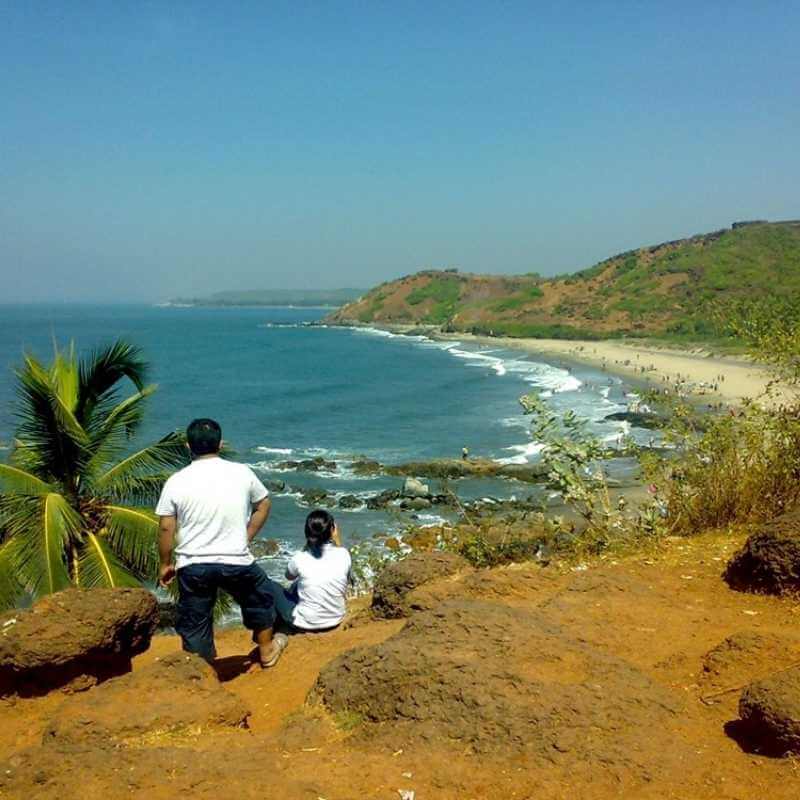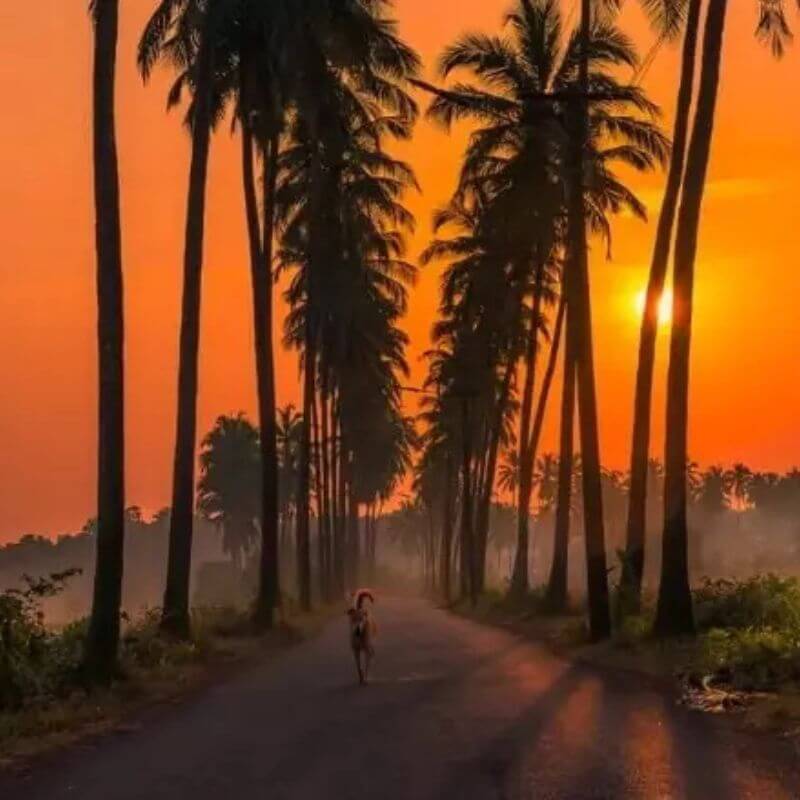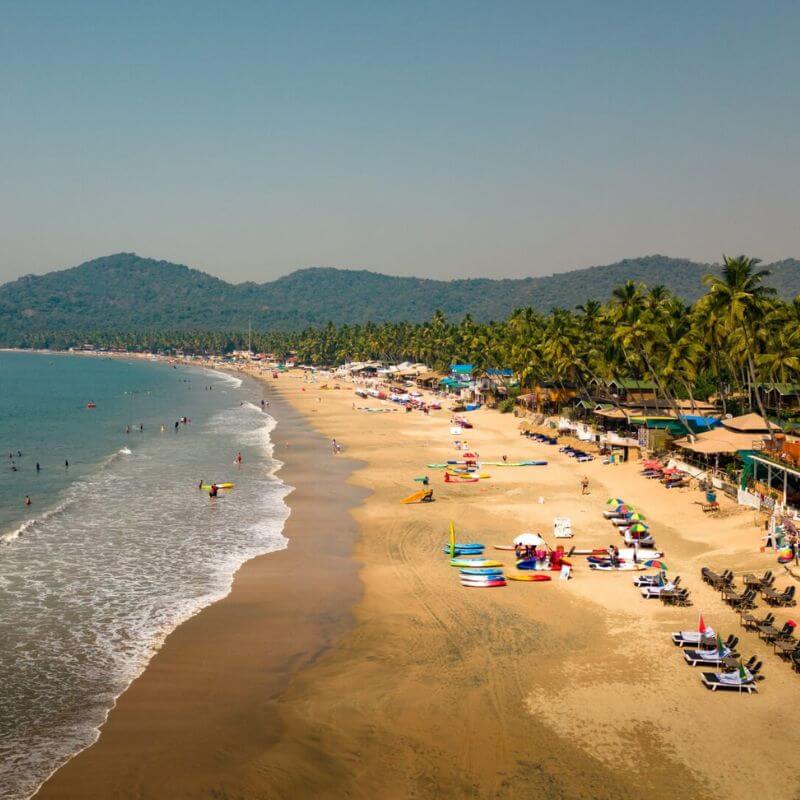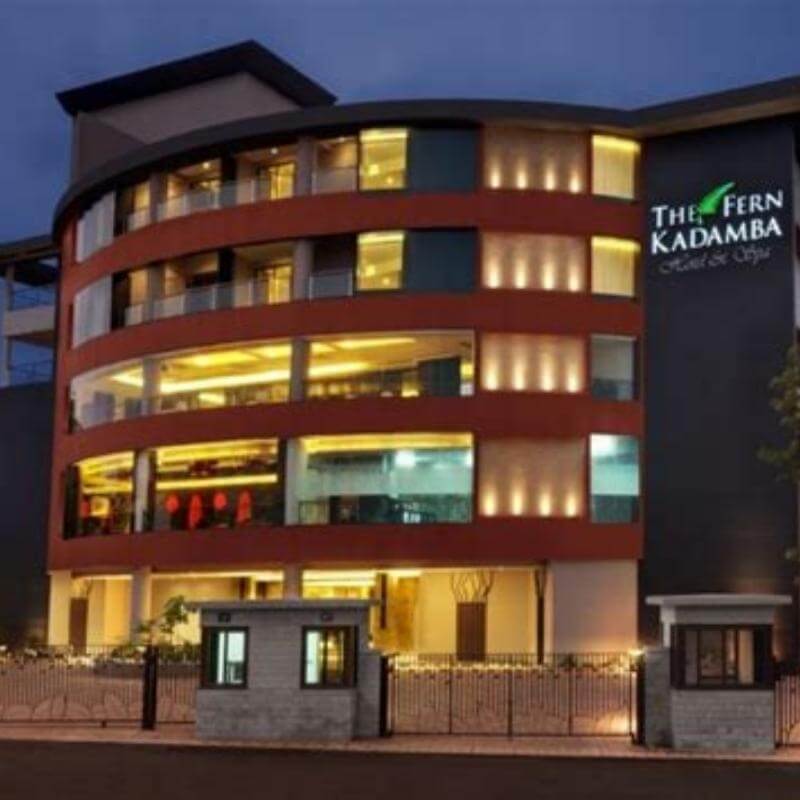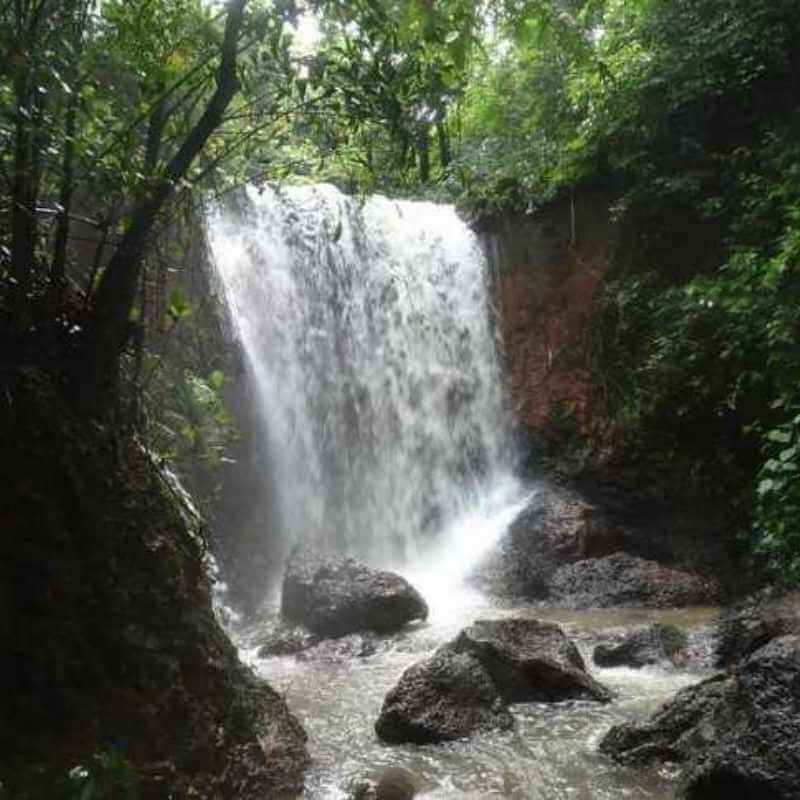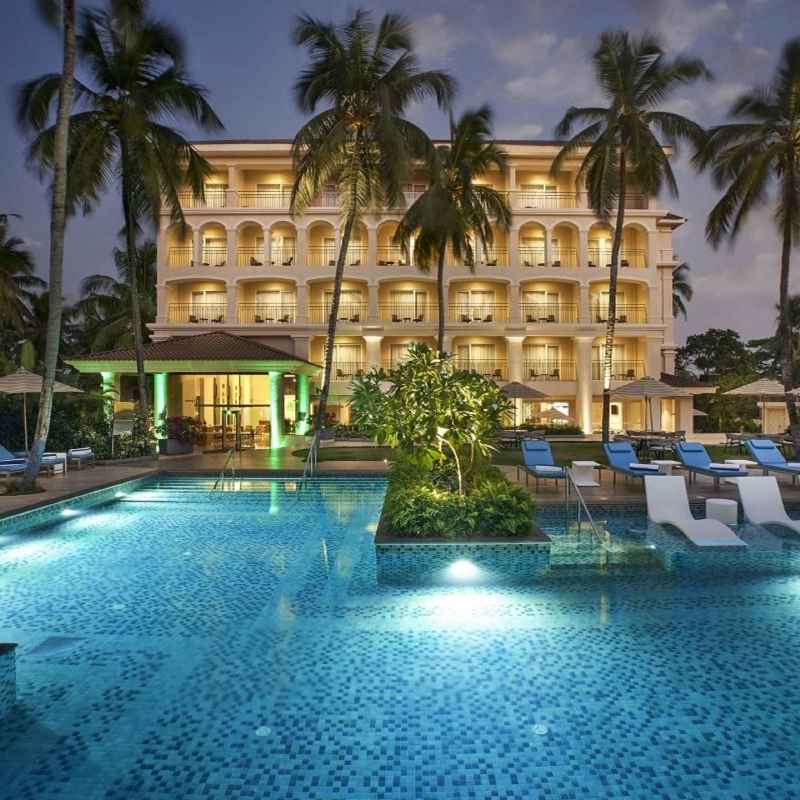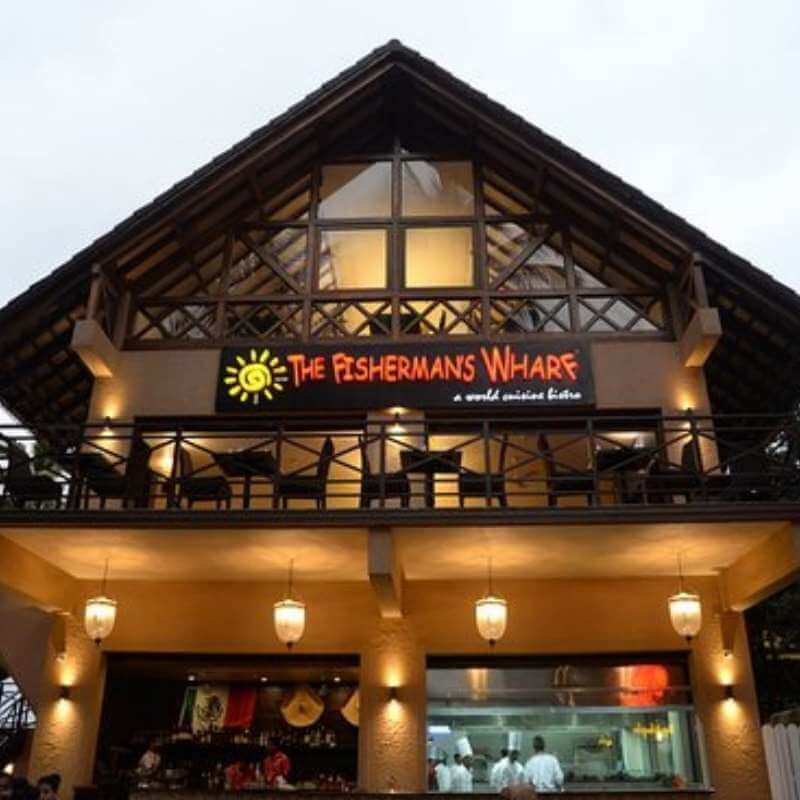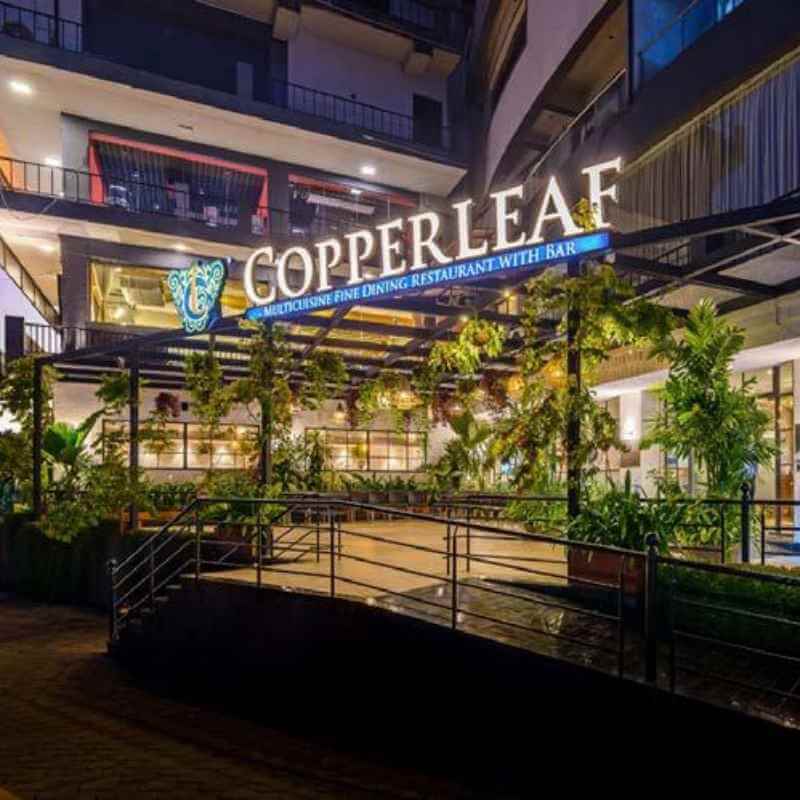Tucked away in the heart of Panjim, Fontainhas is a charming slice of Goa’s colonial past, exuding old-world charm through its vibrant streets, Portuguese-style homes, and timeless appeal. Known as the Latin Quarter of Goa, this picturesque neighborhood transports visitors to a bygone era, where every corner tells a story of heritage, art, and culture. Whether you’re a traveler seeking a historical escape or a local looking to rediscover Goa’s past, Fontainhas has something for everyone.
How to Reach Fontainhas
Fontainhas is centrally located in Panjim (Panaji), the capital city of Goa. It is easily accessible by various modes of transport:
- By Air: The nearest airport is Manohar International Airport (Mopa) (30 km away) and Dabolim Airport (27 km away). From the airport, you can take a cab or a rental car to reach Panjim.
- By Road: Fontainhas is well connected by road and can be reached via taxis, rental bikes, or self-driven cars from anywhere in Goa.
- By Bus: Panjim’s main bus stand (Kadamba Bus Terminal) is about 2 km from Fontainhas. Local buses and rickshaws provide easy connectivity.
- By Rail: The nearest railway station is Karmali (Thivim and Madgaon are also nearby), from where you can take a taxi to reach Fontainhas.
Things to Do in Fontainhas
1. Walk Through the Colorful Lanes
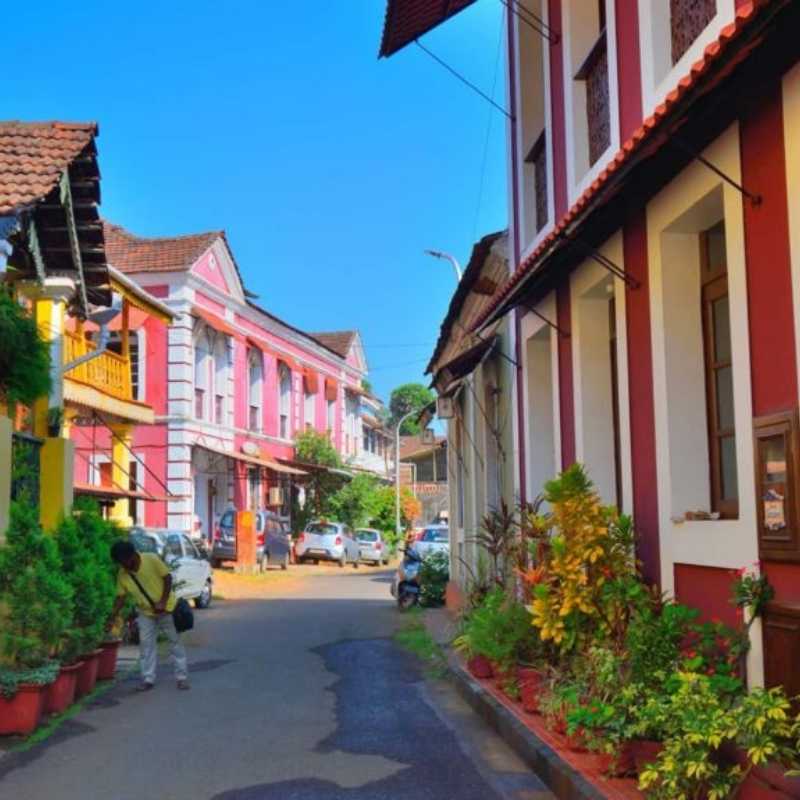
The best way to explore Fontainhas is on foot. Stroll through the narrow, winding lanes lined with pastel-colored Portuguese homes, quaint balconies, and traditional red-tiled roofs. The streets are adorned with old street lamps and Portuguese-style nameplates, giving a glimpse of its colonial influence.
2. Visit the Iconic St. Sebastian Chapel

A landmark of Fontainhas, the St. Sebastian Chapel was built in 1818 and is known for its life-sized crucifix, where Christ’s eyes remain open. The chapel hosts an annual feast in January and is a symbol of the Goan Catholic heritage.
3. Explore the Goa State Museum
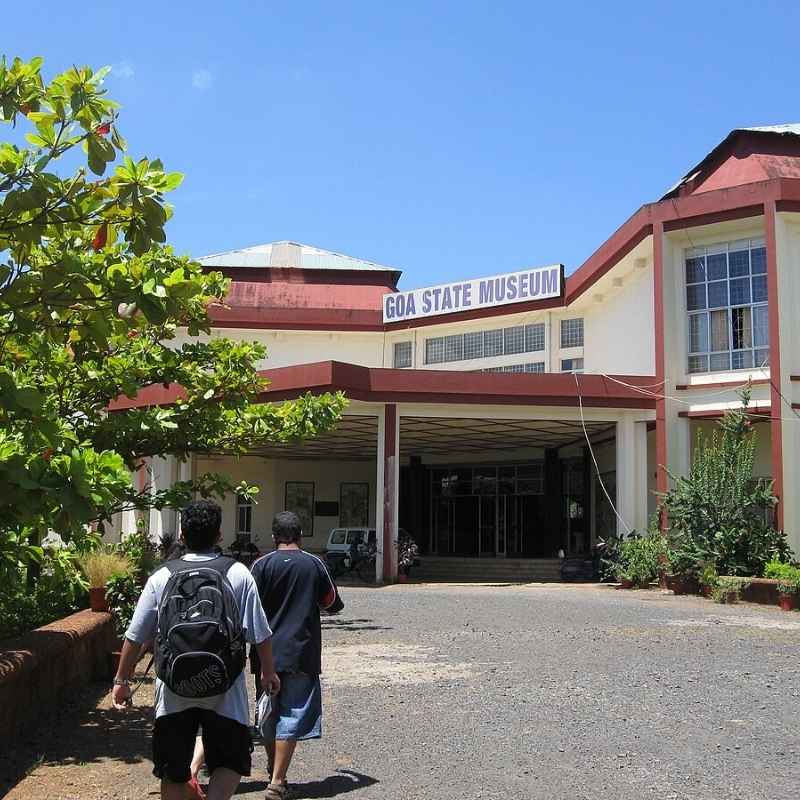
Located close to Fontainhas, this museum showcases artifacts, sculptures, and colonial relics that narrate Goa’s rich history and Indo-Portuguese connections.
4. Discover Gitanjali Gallery
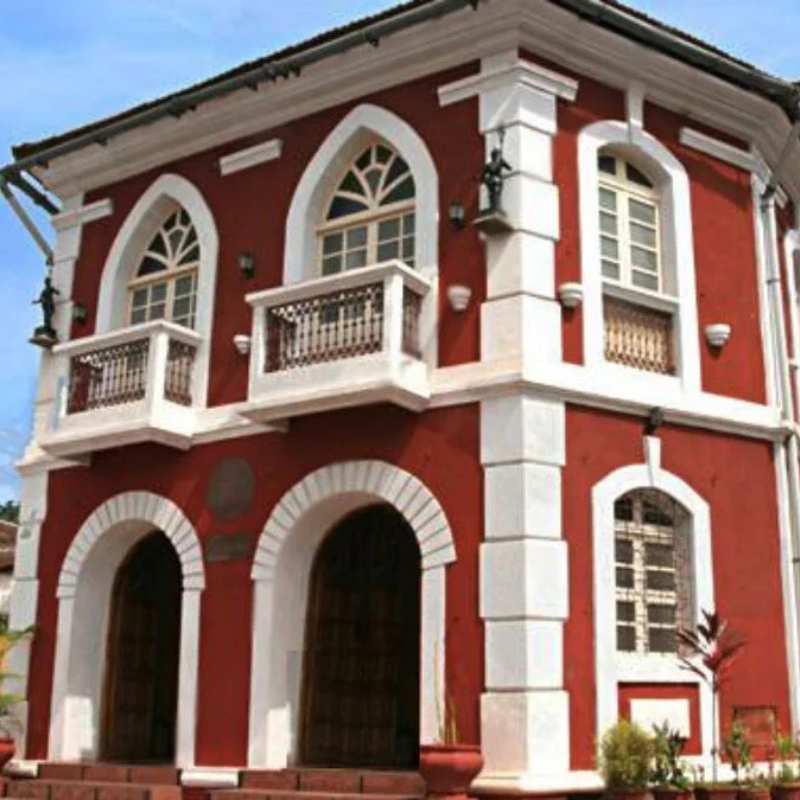
Art lovers will enjoy a visit to the Gitanjali Gallery, which exhibits contemporary Goan and Indian art. It also hosts cultural events, making it a vibrant spot for art enthusiasts.
5. Experience Traditional Goan Bakeries

No trip to Fontainhas is complete without indulging in Goan-Portuguese snacks. Visit Confeitaria 31 de Janeiro, one of Goa’s oldest bakeries, to savor delicious Bebinca, Bolinhas, and Goan Poee bread.
6. Photograph the Heritage Architecture
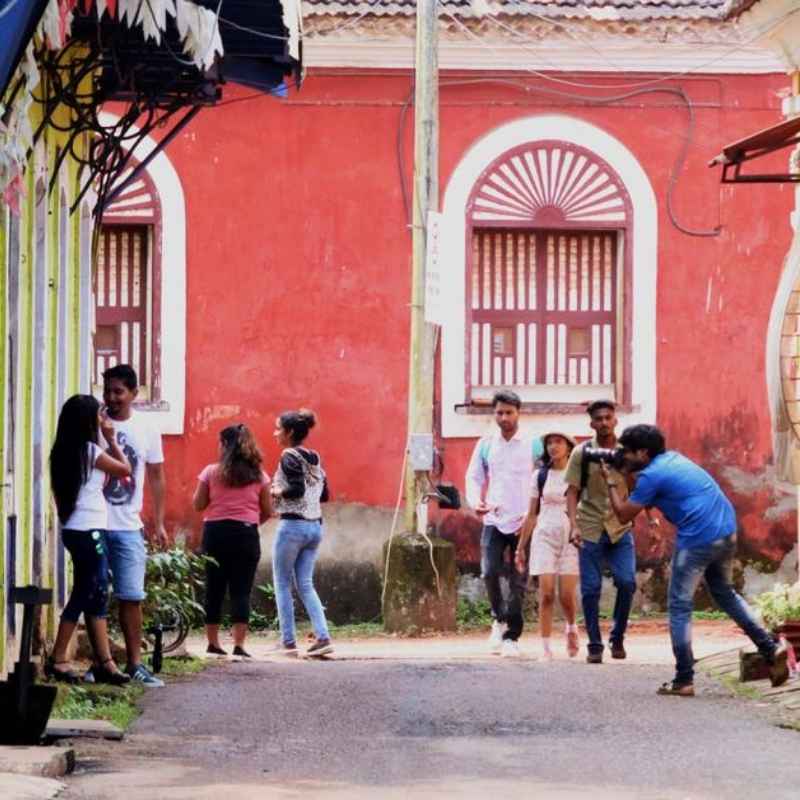
Fontainhas is a paradise for photographers. With its brightly painted houses, intricate tile work, and wooden doors, every frame captures the essence of old Goa.
7. Visit the Maruti Temple
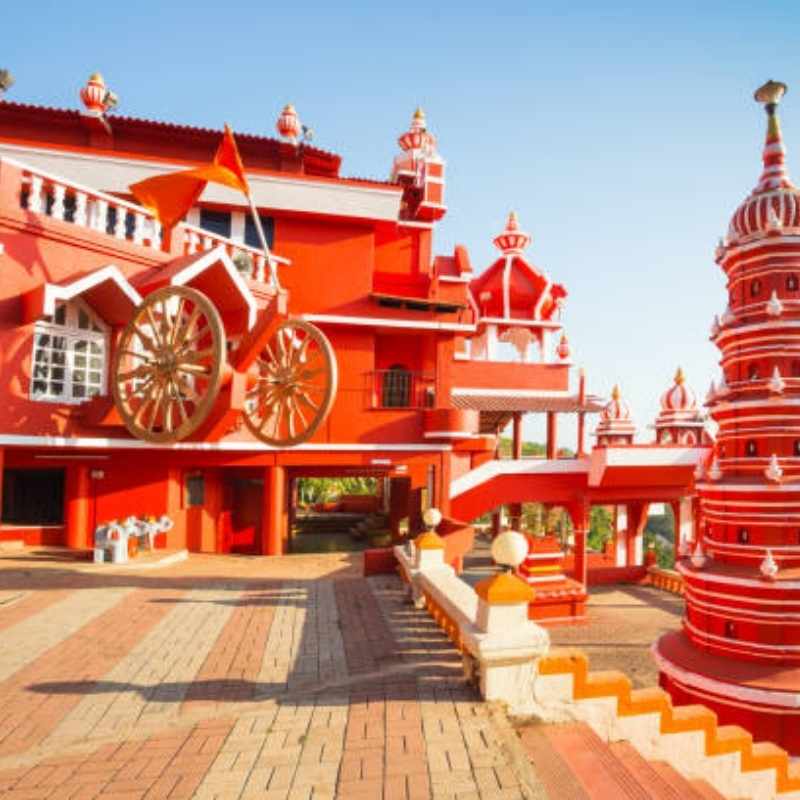
Perched on the Altinho hill near Fontainhas, the Maruti Temple, dedicated to Lord Hanuman offers a breathtaking view of Panjim city, making it a peaceful retreat from the bustling streets.
Where to Stay in Fontainhas
For those who wish to immerse themselves in the charm of Fontainhas, several heritage homestays and boutique hotels are offering a unique stay experience:
Panjim Inn – A heritage hotel that blends old-world charm with modern comforts.
La Maison Fontainhas – A stylish boutique hotel with Indo-Portuguese décor.
Hospedaria Abrigo de Botelho – A cozy guesthouse known for its warm hospitality.
Old Quarter Hostel – A budget-friendly backpacker’s stay with a vibrant ambiance.
Why Visit Fontainhas?
Fontainhas is not just a place but a living museum that preserves Goa’s Portuguese heritage, art, and traditions. Whether you’re sipping coffee in a charming café, exploring historical landmarks, or simply wandering through its picturesque streets, Fontainhas promises a nostalgic and culturally immersive experience.
So, the next time you’re in Goa, detour from the beaches and dive into the heart of Panjim’s Latin Quarter – where history meets contemporary charm most beautifully.
Best Time to Visit Fontainhas
The ideal time to explore Fontainhas is from November to March, when Goa enjoys a pleasant climate. During this period, the Serendipity Arts Festival (December) and other cultural events make the experience even more enriching.

